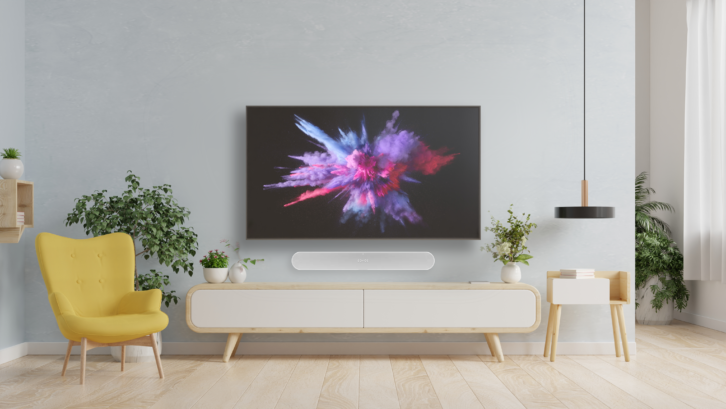
Regular tools (hammer, screwdriver, spirit level).If you’ve got a hollow plasterboard wall, then you should ideally use a stud finder and attach the mount to this if the studs are in the wrong place, you can use hollow wall anchors instead (more of this in the steps below). If it’s a solid wall, then you’re definitely all good. Most brackets support a wide-range of mount sizes.įinally, you need to check the wall type you’re attaching the TV to.
MOUNTING TV ON PLASTER WALL MANUAL
Your TV’s manual will say which type of VESA mount it has, so check that your chosen TV bracket supports it. Check your TV’s specs on the manufacturer’s website and make sure that your chosen bracket will support your TV.įinally, you’ll need to check that your TV has a VESA mount at the back. Brackets will state which size TV they’re suitable for and the maximum weight that they’re capable of holding. You need to buy the right type of arm for your TV. I prefer arms, as they’re more flexible and make it easier to plug cables in, as you can pull your TV forward. There are three main types: flat brackets keep your TV at one position on the wall angle brackets let you tilt the screen a little arms give you more movement, and let you pull your TV out and swing it from side to side. By removing your TV’s stand, you no longer need the space for it, so you use the space under your TV for remotes, set-top boxes or anything else you need.įirst, you need to choose the right bracket for your TV.



It gives you more flexibility to put your TV where you want it, and if you go for an arm, rather than a straight bracket, you can reposition the screen as often as you like.Įven if you have a TV stand, wall mounting can still be a good idea.


 0 kommentar(er)
0 kommentar(er)
